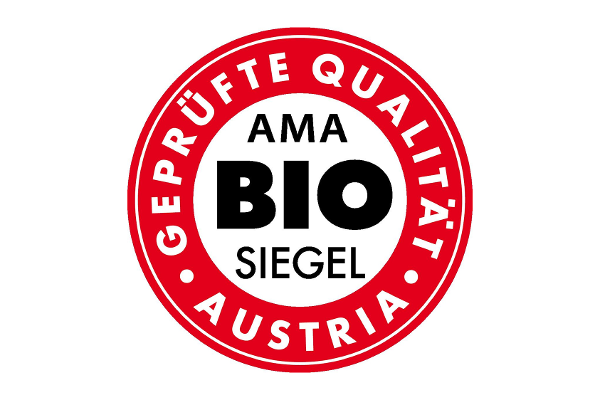Labelling of organic foods

For details about the labelling of organic products, please see the ‘Bio’ websites of AMA Marketing GmbH, of the Federal Ministry of Health or of the organic farming association Bio Austria.
AMA, the Federal Ministry of Health (BMG) and Bio Austria offer detailed information:
For details about the labelling of organic products, please see the ‘Bio’ websites of AMA-Marketing GmbH and Bioinfo, that of the Bundesministeriums für Gesundheit or the one of Bio Austria.
Labelling and the EU ORGANIC LOGO:
In addition to the EU Organic Logo, the control code and/or the name of the control body for organic production have to be indicated.
The organic control code
Example: AT-BIO-301
AT = Headquarters of the organic control body
3 = Federal Province (in this case Lower Austria)
01 = Number of the control body)
The designation of origin:
The designation of origin must be placed right under the code.
There are the following possibilities of indicating the origin:
-
“EU agriculture”
- “Non-EU agriculture”
- “EU/non-EU agriculture”
- “Austrian agriculture” This designation can be used analogously for other countries.
Since 1 July 2010 EU law has required the mandatory use of this EU organic farming logo for packed organic products that have been produced in an EU Member State and comply with the required standards (EU Regulations 834/07 and 889/08). Other private, regional or national logos can be placed next to the organic logo of the European Union.
In the case of the Euro Leaf the EU stars are arranged in the form of a leaf, on a green background. This simple design communicates two clear messages: Nature and Europe.
AMA Organic Seal with indication of origin (I want BIO... for a healthy EGO)
In addition to the code of the organic control body and the Euro Leaf (organic logo), which are obligatory in any case as designations, the AMA Organic Seal guarantees that the organic product was controlled. If the label is red, the organic product comes from Austria; if it is black, it originates from other countries.
For the red AMA organic farming label, the share of raw material components must - if components cannot be produced in Austria - not exceed the tolerance limit of one third. An example: For banana yoghurt, the organic milk must always originate at 100 % from Austria, whereas the organic bananas, which make up about 7 %, can originate from another country.
AMA Organic Seal without indication of origin
The AMA label without indication of origin does not provide information about the regional origin. This applies, for example, in the case of organic products that consist of various raw material components that are produced in different countries. This label is often used also for organic products - in particular for fresh products like fruit and vegetables - which in different seasons come from different countries of origin.